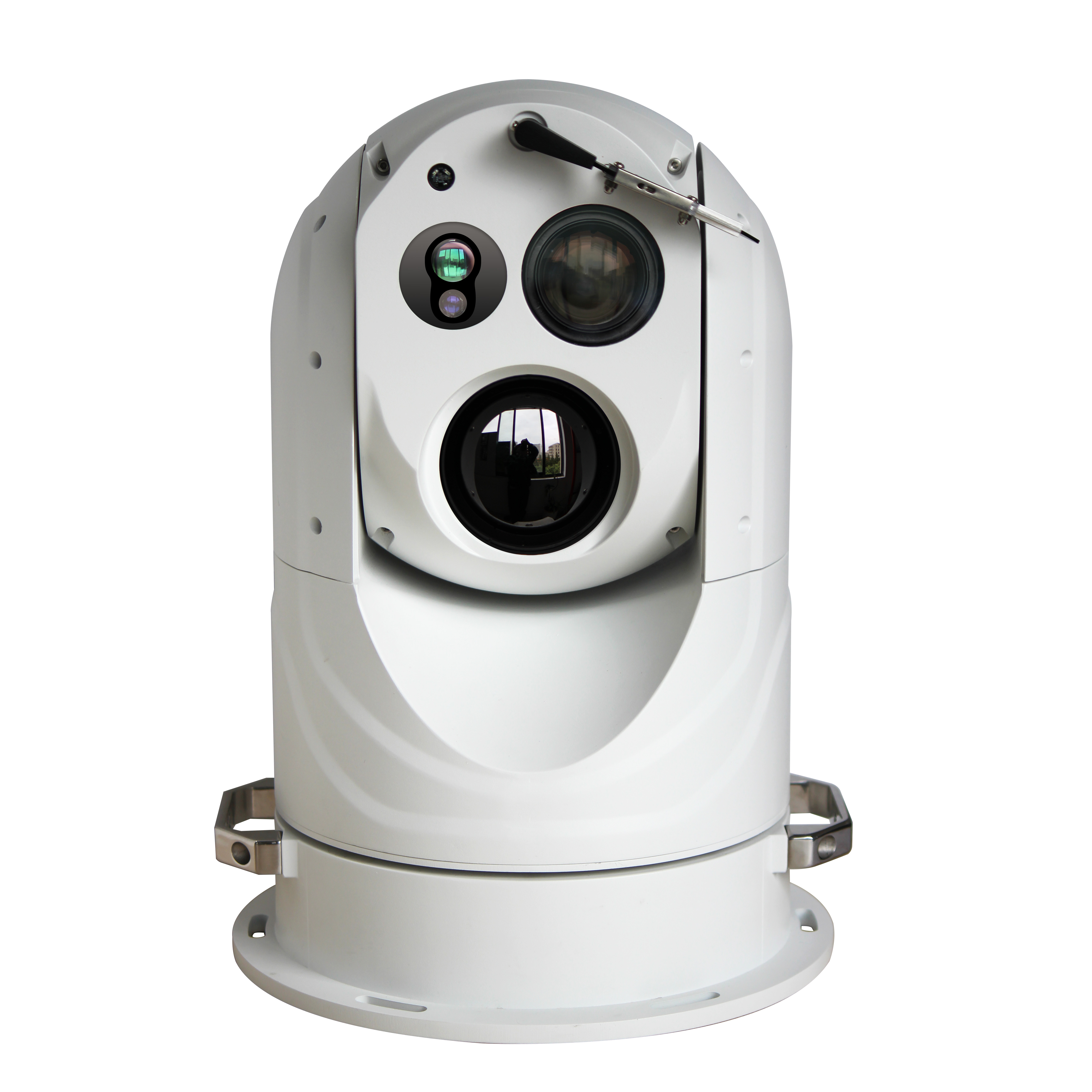Thermal Sensitivity: Importance in Marine Environments
Thermal sensitivity, often measured by the Noise Equivalent Temperature Difference (NETD), is a critical factor in choosing a marine thermal camera. NETD signifies the smallest temperature difference the camera can detect. For marine environments, a low NETD (e.g., 40mK or less) is preferable as it allows for the detection of subtle temperature variations, which may indicate objects like other vessels or marine life. This sensitivity becomes crucial when navigating through waters where accurate temperature readings can mean the difference between spotting potential hazards or missing them entirely.
China's Role in Thermal Sensitivity Technology
China has become a pivotal player in the development and wholesale distribution of sensitive thermal cameras. Many factory-produced cameras offer competitive NETD ratings at affordable prices, making them accessible for a wide range of applications. Chinese manufacturers continue to innovate, pushing the boundaries of what thermal cameras can achieve in demanding marine settings.
Resolution: Clarity in Thermal Imaging
Resolution is another critical factor, referring to the number of pixels in the thermal camera's detector. Higher resolution equates to sharper and more detailed images, a necessity for spotting small objects or hazards on the water. Common resolutions in the industry range from 160x120 to 640x480 pixels.
Factory Innovations in Resolution
Leading factories are continuously enhancing camera resolutions while maintaining cost-effectiveness. Innovations from wholesale suppliers ensure that even high-resolution cameras are available to a broader market, including those needing precise imaging capabilities in complex marine environments.
Field of View: Capturing the Marine Scene
The field of view (FOV) is determined by the camera lens and dictates the extent of the scene captured. A wider FOV is essential for comprehensive surveillance of large oceanic areas, while a narrower FOV provides more detail on specific targets.
Narrow FOV Applications
Narrow FOV cameras are beneficial for targeted inspections, such as identifying specific components on ships. Factories in China are producing a diverse range of lenses to cater to different FOV requirements, supporting varied maritime needs.
Temperature Range: Suitability for Maritime Conditions
The camera's temperature range is vital, as it determines the upper and lower limits of detectable temperatures. For marine applications, a camera that can measure from -20°C to 300°C is typically sufficient, although certain scenarios may require broader ranges.
Wholesale Options for Diverse Ranges
Wholesale suppliers offer cameras with a variety of temperature ranges, ensuring that they meet diverse maritime conditions. Chinese factories, in particular, provide flexible options that cater to both standard and extreme environments.
Spectral Range: Material Detection in Marine Settings
The spectral range refers to the wavelengths the camera can detect. This feature is crucial for identifying different materials based on their infrared radiation. It ensures accurate readings even in challenging oceanic conditions.
Factory Advances in Spectral Range Technology
With factories focusing on innovative spectral range technologies, cameras can now effectively detect materials like metals or plastics, essential for applications such as pollution monitoring or equipment inspection.
Focus Mechanisms: Sharpening Marine Thermal Images
Focus mechanisms, whether manual or automatic, play a crucial role in maintaining image clarity. Manual focus is excellent for controlled settings, whereas autofocus is advantageous in dynamic marine environments.
Autofocus in Dynamic Environments
Autofocus systems, often manufactured in China, are tailored for situations requiring rapid focus adjustments, ensuring that images remain clear even when quick repositioning is necessary.
Weather Adaptability: Functionality in Adverse Conditions
Thermal cameras used in marine environments must withstand various weather conditions, including fog and rain. Cameras with robust weatherproofing ensure reliable performance regardless of environmental challenges.
Factory-Proven Weatherproof Designs
Factory innovations have led to the development of durable cameras that perform reliably in adverse conditions, making them a staple for maritime applications requiring consistent performance.
Cost vs. Performance Analysis
Balancing cost with performance is crucial when selecting a marine thermal camera. While high-end cameras offer advanced features, effective solutions can often be found at mid-range prices, especially from wholesale suppliers.
China's Competitive Pricing Strategies
Chinese factories offer cost-effective solutions without compromising on quality. This balance allows more users to access advanced thermal imaging technology, regardless of budget constraints.
Power Consumption: Efficiency in Marine Usability
Power consumption is a key consideration for marine cameras. Efficient cameras that consume less power are ideal for prolonged use on vessels where power resources may be limited.
Wholesale Energy-Efficient Models
Factories have developed energy-efficient thermal cameras that are now widely available wholesale, ensuring that operations can continue smoothly without excessive power drain.
Display and Storage Capabilities: Usability in Marine Applications
A high-quality display and robust storage options enhance the usability of thermal cameras. Look for models with clear displays (such as LCD or OLED) and ample storage options.
Storage Solutions from Leading Factories
Factories are continually optimizing storage solutions, with options for both built-in and external storage, meeting the needs of extensive marine operations where documentation and review of footage are critical.
Soar Provide Solutions
When selecting a marine thermal camera, it's essential to consider thermal sensitivity, resolution, field of view, and other factors tailored to your specific needs. By leveraging the offerings from China's innovative factories and wholesale suppliers, you can achieve a balance of quality and cost-effectiveness. Soar offers comprehensive solutions, providing access to the latest advancements in marine thermal imaging technology, ensuring your maritime operations are both safe and efficient.
User hot search: Compact Pan Marine Thermal Camera
